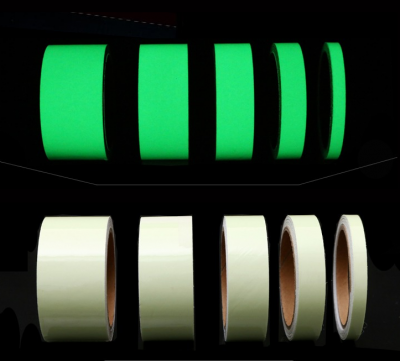With the rapid decline of global climate change, the concepts of energy conservation, emission reduction and environmental protection are particularly important. Because solar energy is used to power traffic signal lights, its operating cost is almost zero, so it has gradually been recognized by people. The traffic light manufacturer reminds you not to neglect its inspection and maintenance work after installation:
1. Do the traffic signal light components meet the requirements of the regulations? If the specifications are not met, it is likely to cause a short circuit in the internal circuit, or even more serious things, so it is necessary to check whether the specifications of all parts are qualified. But also pay attention to his lamppost position is more appropriate.
2. Are the angle and inclination of the traffic signal battery module installed correctly? You must know that there should not be too many obvious obstacles between the two parts, and the light pole must be at a vertical angle to the ground, so as not to cause the solar traffic lights to tilt easily. Moreover, if the settings in the controller meet the requirements, it is easy to lose control, and abnormal phenomena such as light not flashing or light off will occur.
3. The light pole is a very important part of the entire signal light. It must be very stable when installed, because the light brightness of the light pole will be relatively balanced, and the surface of the light pole will not be damaged.
4. Since traffic lights are relatively cost-effective items, they are likely to be stolen by others or maliciously damaged. Therefore, anti-theft work must be done to extend their service life.
The traffic signal lights do not need wiring, digging and other grid construction costs, the overall installation cost is reduced, and the maintenance cost is also significantly reduced, which is very beneficial to improving the capital utilization rate of the new traffic order. It is the inherent advantages of traffic lights that will become the new favorite of the lighting industry.
























